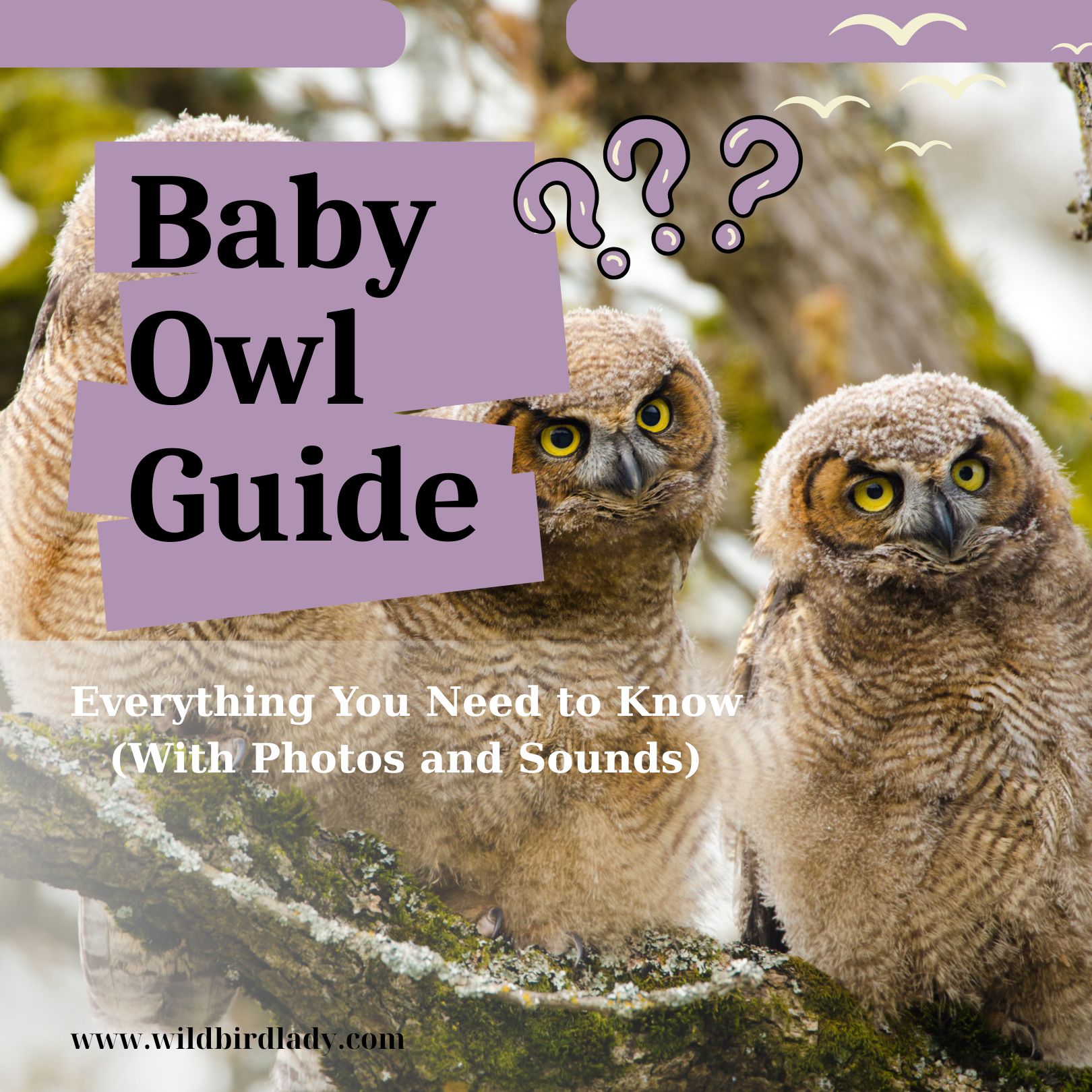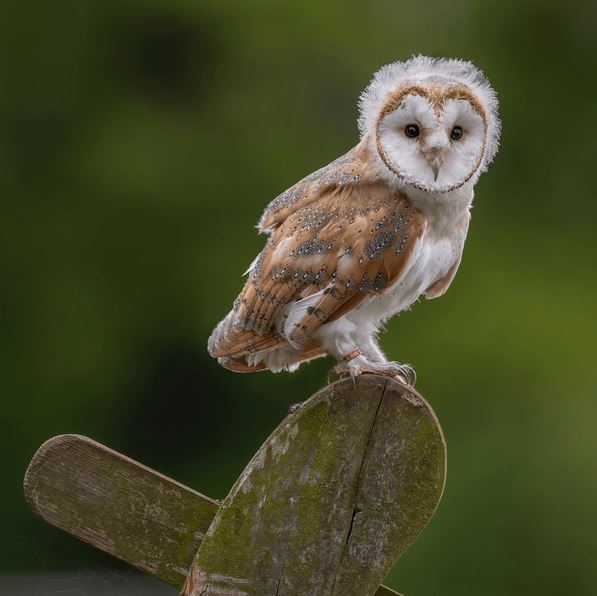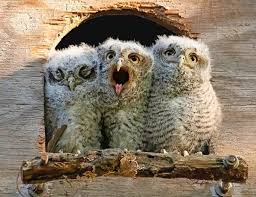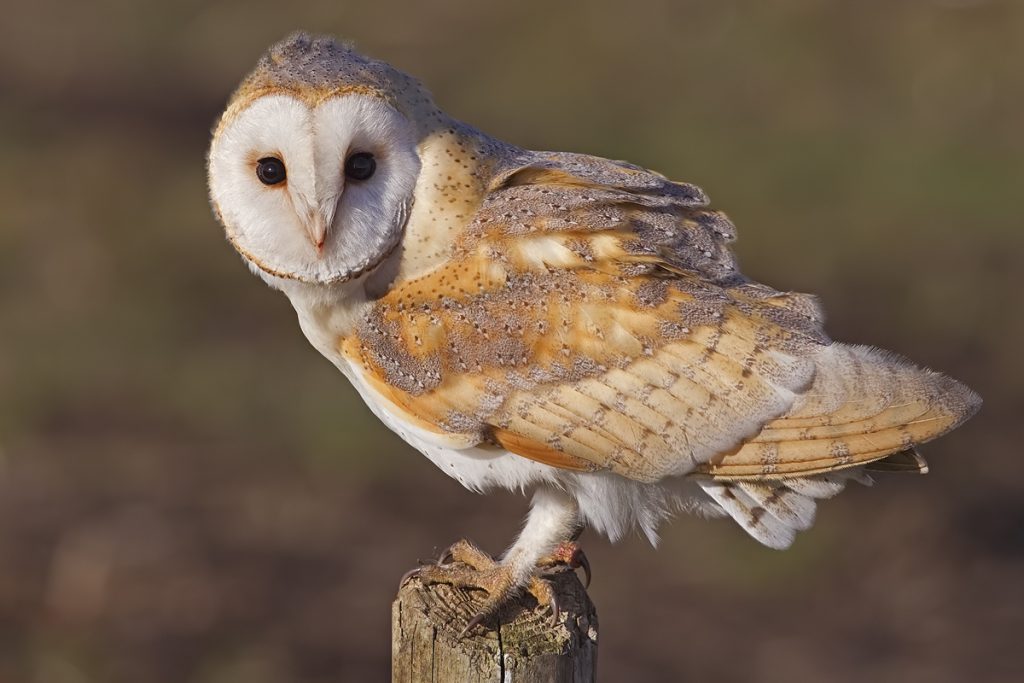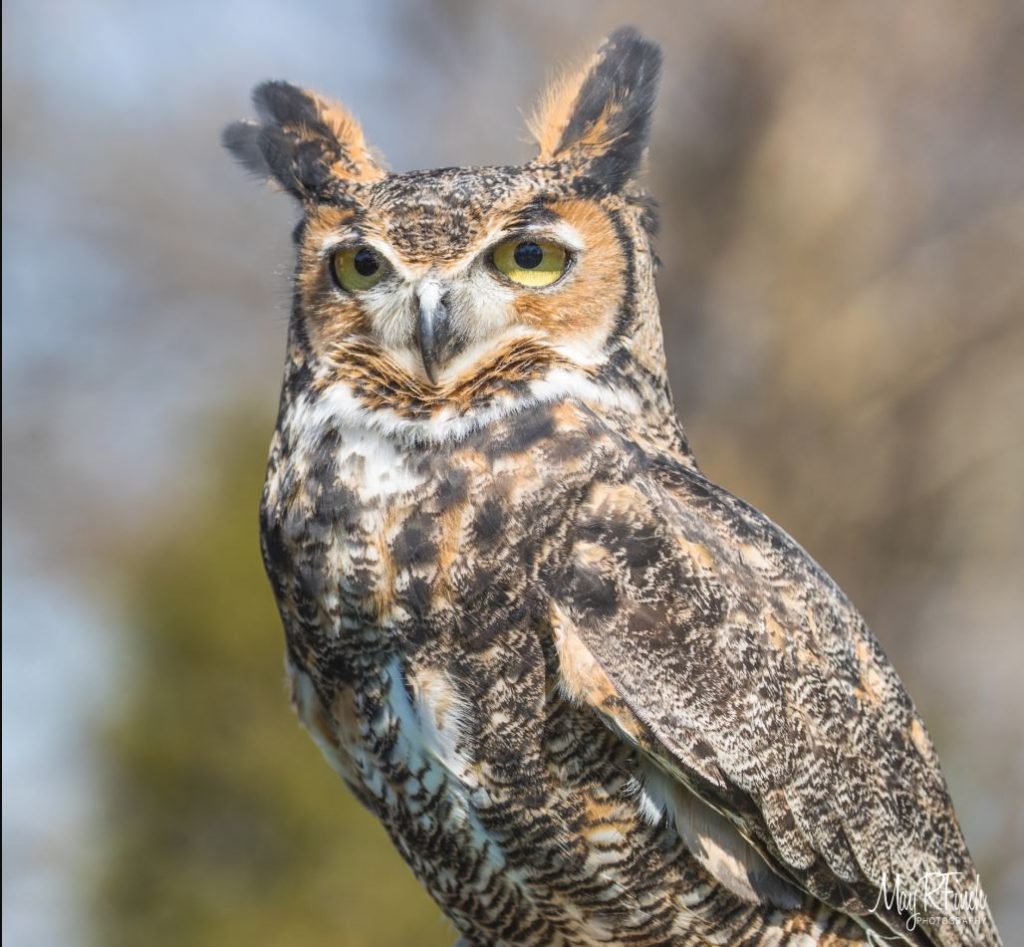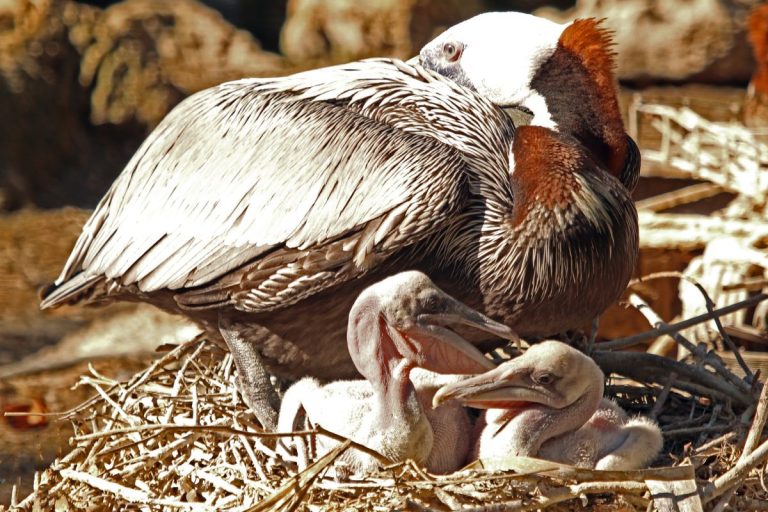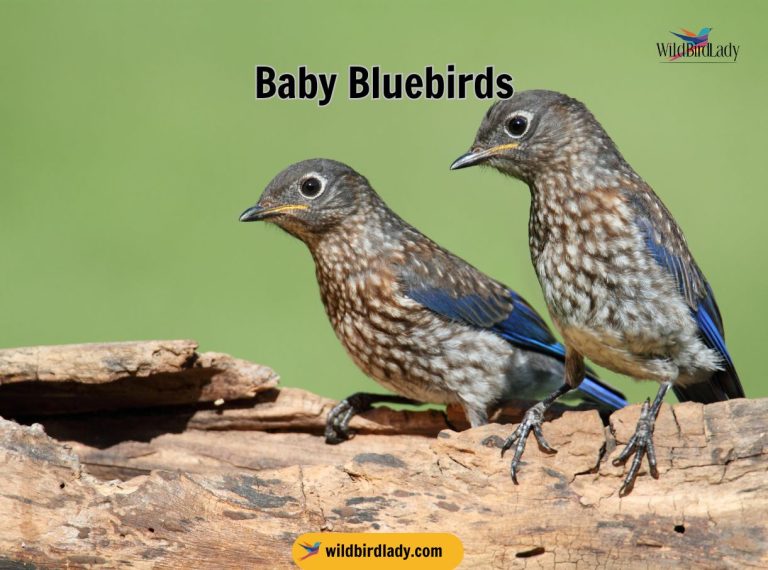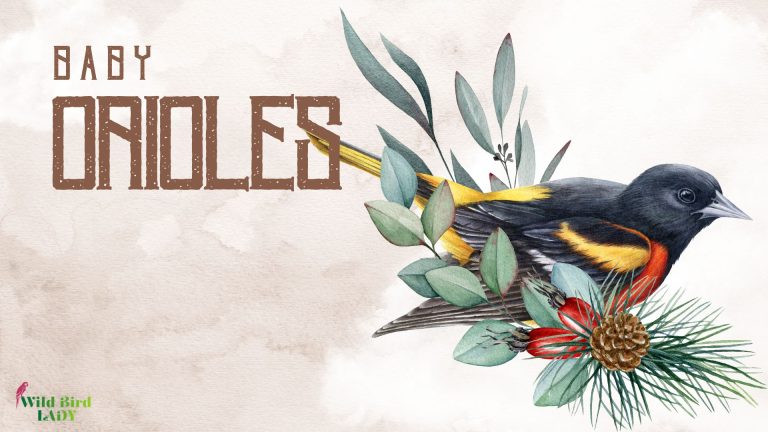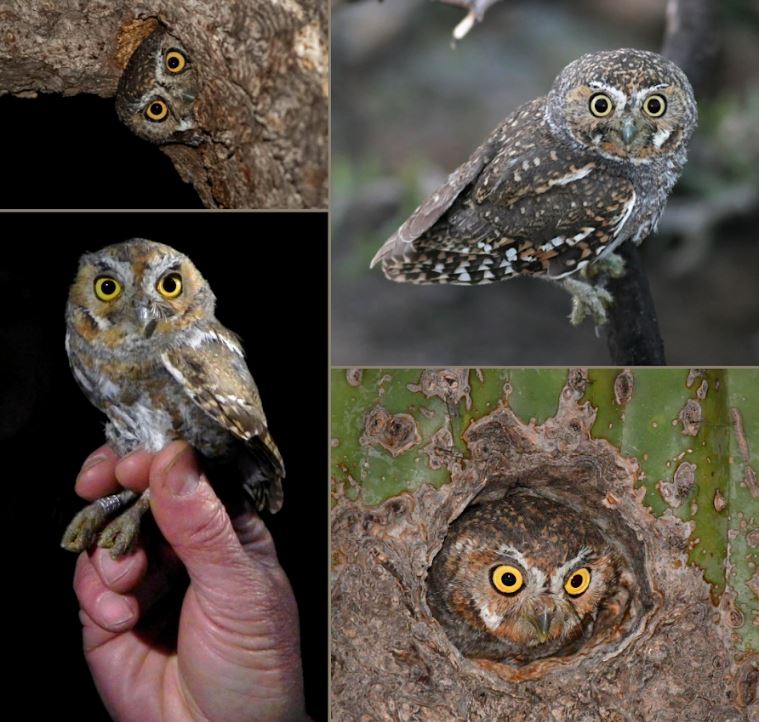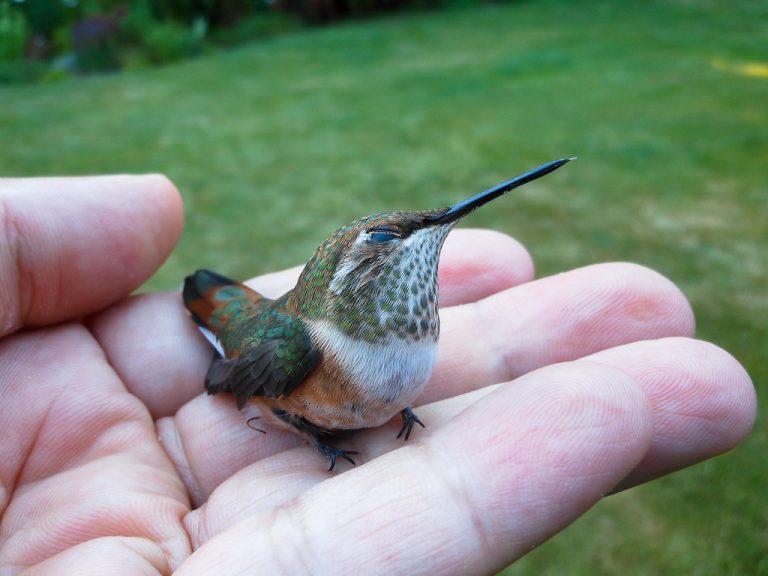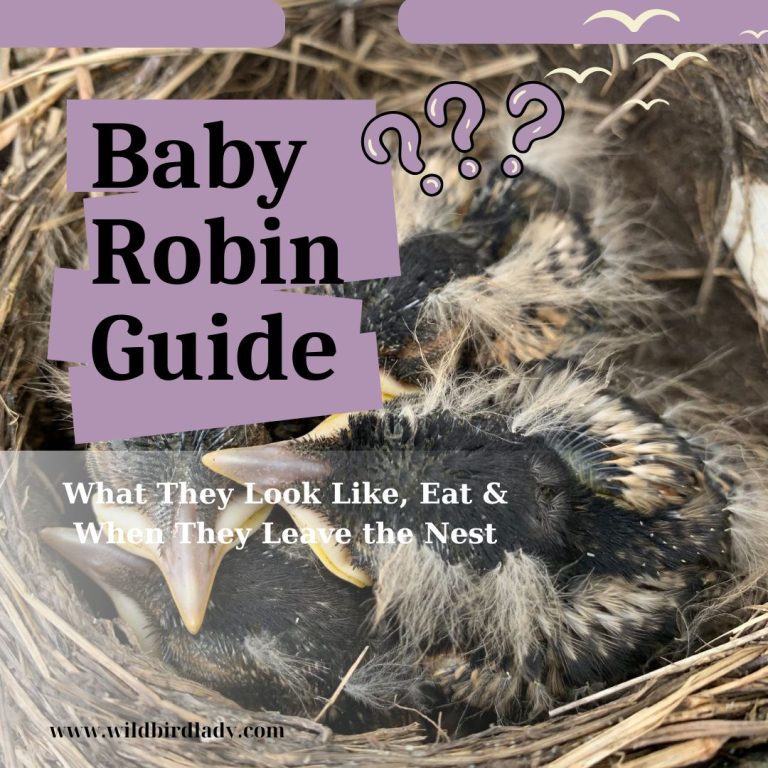Baby Owl Guide: Everything You Need to Know (With Photos and Sounds)
By Rifat Ahmed, Birdwatching Enthusiast
Baby owls—fluffy, big-eyed, and oddly powerful—have captured the fascination of bird lovers around the world. But behind their adorable appearance lies a complex and fascinating life cycle filled with unique behaviors, survival challenges, and developmental milestones.
In this ultimate baby owl guide, you’ll learn everything from what baby owls look like to what they eat, how they grow, where they live, and what their calls sound like. Whether you spotted one in the wild or are just curious, this guide will help you recognize and appreciate these young raptors like never before.
What Is a Baby Owl Called?
A baby owl is commonly called an owlet. This term is used to describe a young owl that hasn’t yet reached maturity or developed full feathers for flight.
Depending on the stage of development, you might also hear these terms:
- Hatchling: A newly hatched owl
- Nestling: A baby owl still in the nest and dependent on parents
- Fledgling: A young owl that has started learning to fly but still relies on parents
How Do Baby Owls Look?
Baby owls are fluffy, often white, gray, or tan, with oversized eyes and disproportionately large heads. Most are covered in soft down feathers, which provide warmth but not flight capability.
Key Features:
- Eyes: Open shortly after hatching, often blue or gray early on
- Beak: Pale-colored and slightly hooked
- Feet: Large and powerful from a young age
- Size: Varies greatly depending on species (e.g., a baby Great Horned Owl is much larger than a baby Eastern Screech-Owl)
Baby Owl Sounds: What to Listen For
Baby owls make high-pitched begging calls to solicit food from parents. These calls differ between species and can range from soft peeping to sharp screeching.
Here are examples of baby owl calls from Macaulay Library:
| Species | Call Sample | Duration | Recordist | Location |
|---|---|---|---|---|
| Barn Owl (Tyto alba) | Listen here | 0:41 | Bob McGuire | New York, USA |
| Eastern Screech-Owl (Megascops asio) | Listen here | 0:26 | Martha Fischer | Michigan, USA |
| Great Horned Owl (Bubo virginianus) | Listen here | 0:35 | Wil Hershberger | West Virginia, USA |
Fun Fact: Some baby owls hiss or click their tongues to mimic dangerous animals and scare predators!
Baby Owl Diet: What Do They Eat?
Despite their soft, wide-eyed appearance, baby owls are born carnivores. From the moment they hatch, their survival depends entirely on their ability to consume and digest raw meat—brought to them by their parents.
These tiny predators don’t waste time nibbling on seeds or sipping nectar. Instead, they start life with a diet packed with protein, bones, fur, and feathers—critical components for building strong bones, muscles, and hunting instincts.
What Do Baby Owls Eat in the Wild?
The diet of a baby owl depends largely on the species, the size of the chicks, and the type of prey available in their habitat. However, most owlets consume a similar menu of small vertebrates and insects.
🧾 Typical Baby Owl Diet Includes:
- Rodents: Mice, voles, rats—these are the most common prey, especially for species like the Great Horned Owl.
- Insects: Moths, beetles, grasshoppers, and other large invertebrates, especially for smaller owl species like the Eastern Screech-Owl.
- Small Birds: Occasionally taken if they’re abundant in the area.
- Amphibians and Reptiles: Frogs, toads, lizards, and even snakes—more common in tropical or temperate zones.
Each prey item is typically swallowed whole or torn into manageable pieces by the adult before being offered to the chick.
How Do Parent Owls Feed Their Babies?
Owlets cannot hunt or even tear prey by themselves. Here’s how the feeding process works:
- Hunting: The adult owl—often the male—hunts at night and brings food back to the nest.
- Delivery: Prey is either offered whole or torn apart into bite-sized chunks by the mother.
- Feeding: Parents place food directly into the chick’s beak, especially in the first weeks.
- Regurgitation: As they get older, baby owls will begin to regurgitate pellets—masses of indigestible material like bones and fur, just like adults do.
Feeding Frequency by Age
| Age of Chick | Feeding Frequency | Notes |
|---|---|---|
| 0–1 week | Every 2–3 hours | Needs soft, small pieces of meat. Down-covered and immobile. |
| 1–3 weeks | Every 3–4 hours | Can eat larger prey; parents may drop whole small animals. |
| 3–6 weeks | 2–3 feedings per day | Starts learning to swallow whole prey. May pick at food themselves. |
| 6+ weeks | Less frequent | Becoming self-feeding. Some species begin hunting practice. |
Pro Tip: Some owl species cache extra food in or near the nest in case hunting conditions are poor.
What Should You Never Feed a Baby Owl?
If you happen to rescue a baby owl or are working with a licensed rehabilitator, it’s crucial to know what not to feed them. Many well-meaning people make dangerous mistakes.
NEVER feed a baby owl:
- Milk or dairy products (owls are lactose-intolerant)
- Bread, rice, or grains (nutritionally empty and harmful)
- Cooked meats (especially seasoned or salted)
- Processed human food (chips, crackers, canned goods)
These foods can cause dehydration, organ failure, or death.
Instead, baby owls should only be fed whole raw animals appropriate to their size—like pinky mice or day-old chicks—and only under professional guidance.
What Makes Owl Diets So Unique?
Unlike many birds, owls consume their prey whole, including bones and fur. This unique digestive system allows them to absorb nutrients efficiently and regurgitate what they can’t digest in the form of pellets.
This whole-prey diet is essential for:
- Bone development (calcium from skeletons)
- Feather formation (high-protein muscle tissue)
- Eye and brain growth (from organ-rich meats)
In Captivity or Rescue Settings
If a baby owl is in the care of a licensed wildlife rehabilitator, their diet may include:
- Frozen-thawed pinky mice (for very young owlets)
- Chopped up quail or day-old chicks
- Nutritional supplements to replicate wild diets
All food must be offered with proper technique—no force-feeding or handling without expertise.
📞 If you ever find a baby owl and are unsure what to do, call a professional. Feeding it incorrectly may do more harm than good.
Development Stages: From Hatchling to Fledgling
Owls grow rapidly, and each stage of development is crucial for survival.
| Age | Stage | Key Traits |
|---|---|---|
| 0–1 week | Hatchling | Eyes closed, fluffy down |
| 1–3 weeks | Nestling | Eyes open, first pinfeathers emerge |
| 3–6 weeks | Brancher | Starts exploring branches near nest |
| 6–10 weeks | Fledgling | Begins flying, learns to hunt |
Some owls, like the Great Horned Owl, start exploring outside the nest before they can even fly!
Where Baby Owls Live: Nests and Habitats
Most owls do not build their own nests. Instead, they use:
- Abandoned hawk or crow nests
- Tree cavities or hollows
- Rock ledges or barn rafters (especially Barn Owls)
- Nest boxes (if placed by humans)
Urban Owls?
Yes! Some owls nest in backyards, city parks, or abandoned buildings, as long as prey and cover are available.
Can You Raise a Baby Owl? (And Why You Shouldn’t)
It may be tempting to help a baby owl, but raising one without a license is illegal in many places (including the U.S.).
Here’s why:
- Owls are wild animals protected by law (like the Migratory Bird Treaty Act)
- They require special diets and hunting training
- Imprinted owls (raised by humans) can’t survive in the wild
Always call a licensed wildlife rehabilitator if you find an injured or abandoned baby owl.
What to Do If You Find a Baby Owl
Before intervening, assess the situation:
- Is it injured?
- Yes → Call a wildlife rehab center
- Is it fully feathered and hopping?
- Likely a fledgling — leave it alone; parents are nearby
- Is it naked or very small?
- May have fallen from the nest — call for help
📞 Find a licensed rehabber in the U.S.: https://www.nwrawildlife.org/page/find-a-rehabilitator
Famous Baby Owl Species (With Photos)
Let’s take a closer look at some popular baby owl species found across North America:
1. Barn Owl
- Appearance: White face, fluffy pale down
- Call: Harsh hissing
- Sound: View on Macaulay Library
2. Eastern Screech-Owl (Megascops asio)
- Appearance: Tiny, grayish fluffballs with stubby tufts
- Call: Soft trills and whinnies
- Sound: View on Macaulay Library
3. Great Horned Owl (Bubo virginianus)
- Appearance: Large, with white chest and thick fluff
- Call: Low hoots, baby calls are high-pitched
- Sound: View on Macaulay Library
FAQs About Baby Owls
Q: Do baby owls sleep during the day?
Yes. Like adults, baby owls are mostly nocturnal and sleep during the day.
Q: How long do baby owls stay with their parents?
Usually 6–10 weeks, depending on species.
Q: Can baby owls see when they hatch?
No. Their eyes open around 7–10 days after hatching.
Q: Are baby owls born with feathers?
They hatch with soft white down but no flight feathers.
Final Thoughts
Baby owls are not only irresistibly cute—they’re also awe-inspiring predators in training. Whether you’re a backyard birdwatcher or a lifelong raptor fan, understanding their life stages, sounds, and habitats will deepen your appreciation of these remarkable creatures.
Remember: If you find one in the wild, admire from a distance, and let nature (or a licensed rehabber) do the rest.
🖼️ Want More?
👉 Visit Macaulay Library to explore more owl calls and photos.
👉 Read next: Are Owls Nocturnal or Just Misunderstood? All About Owls

